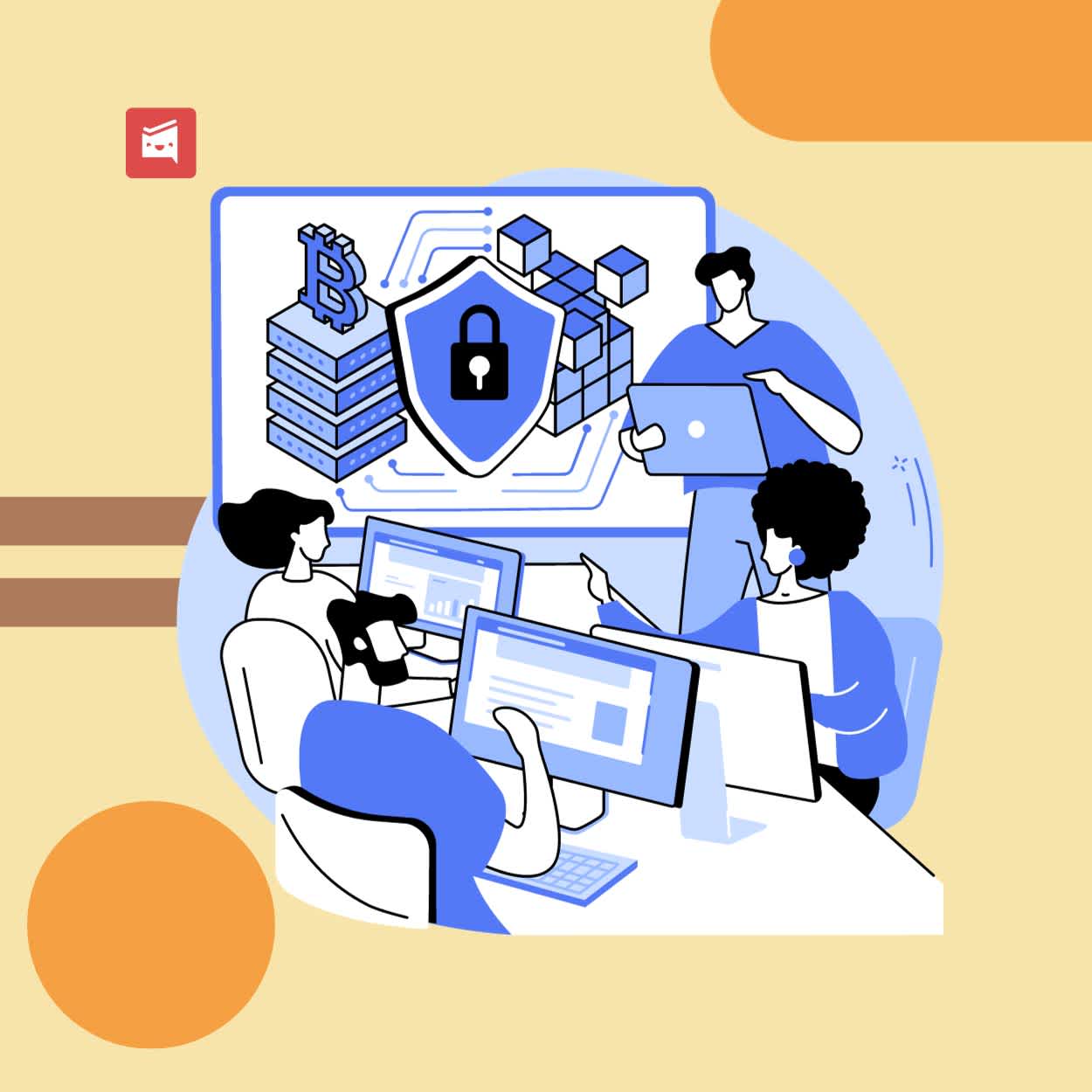Aligning Your Company's Cybersecurity and Project Management Goals
ByJulian Gette
Workast publisher

Workast publisher
For startup businesses, data breaches can completely derail your short and long-term company objectives. As technology and project management have become more collaborative in real-time, and as teams have become more agile, the need for data security has only grown in importance.
Furthermore, for scaling businesses that take on more customer data and expand their online footprint, cybersecurity must become a core business function rather than an afterthought.
The key is aligning your cybersecurity and project management goals from the outset, implementing controls that protect data while enabling teams to operate efficiently, wherever they are located. This guide outlines the best practices that you need to adopt for your startup as far as aligning security and productivity are concerned.
Methodical access control procedures are crucial. Giving employees widespread, administrative access to systems can lead to accidental data leaks or exposure through compromised accounts.
If you implement role-based access controls, you restrict access to only what each role needs for their job. Therefore, you aren’t giving all staff the same privileges regardless of seniority in the firm.
For example, customer service reps may need access to customer records to assist with inquiries, while sales reps need access to prospect contact info. Developers may only need access to certain systems for deployments. These separate functions may not need access to all the same data and may need isolated privileges granted.
Network segmentation quarantines systems from each other via virtual local area networks (VLANs). For employees who are working remotely, keep all centralized files accessible only via virtual private network (VPN) privileges enabled on authorized devices.
For instance, isolate customer data in secure private servers that remain on-site in your business premises or in a private data center. When staff are in the office, have these files accessible via machines connected via your WiFi network, and lock down access unless they are connected to a secure VPN, backed up by additional authentication steps.
Segmenting your network provides additional layers of defense; if one area is compromised, threats can't laterally spread. It also prevents errors like developers accidentally deleting production data.
Multi-factor authentication (MFA) requires users to provide an additional verification factor like a one-time password (OTP) alongside their password when logging in. MFA can also involve entering biometrics like fingerprints or facial recognition scans, depending on the solution you adopt.
The aim of MFA is to prevent attackers from accessing accounts through stolen credentials alone. Bolstering defenses to the login process - particularly to shared drives or systems with sensitive data - means that MFA can block most automated and unauthorized login attempts, which often come as a result of brute-force cyber attacks or botnets.
Require MFA across all administrative accounts and other high-privilege roles. Also enable it for external services like email, cloud storage, and remote access.
Unaddressed vulnerabilities like unpatched servers or misconfigurations provide openings for attackers to breach defenses. Schedule regular external penetration testing services from authorized cybersecurity firms, along with internal vulnerability scans using enterprise-grade tools to uncover all potential entry points.
Remediate findings, prioritizing high and critical issues first, and use that aggregated data to bolster defenses in the long term. Integrate real-time scanning into existing workflows by having developers fix flaws before projects, apps or tools are launched. Frequent scanning ensures you identify and close gaps before they can be exploited.
Compromised credentials remain a leading root cause of breaches, with many of them coming as a result of accidental human oversight. Implement real-time monitoring and alerts when emails and passwords surface unexpectedly, or when login attempts appear from unfamiliar IP addresses or locations. Validate any requests for access with top-level privileges from senior management.
Once notified of exposed credentials, initiate password resets or temporary account suspensions. This real-time credential monitoring allows changing compromised passwords preemptively rather than after an account takeover.
Despite best efforts, some cyber incidents still occur and remain very likely to ‘slip through the cracks’ of even the best multi-layered cybersecurity setup. This is why it pays off to develop and practice a cyber incident response plan so you can quickly contain, eradicate, and recover from threats.
Plans should establish roles and responsibilities, outline communications protocols, and define escalation procedures. They also help comply with breach notification laws by containing impact. Your incident response plan should ideally enclose procedures for crisis communication for PR purposes, as well as handling any legislative or regulatory outcomes that materialize post-incident.
Tabletop exercises to practice response plans proactively identify areas for improvement in a no-risk environment. Like fire drills, they enable smoother actual responses through preparation.
Technical controls, software and solutions form only part of a company’s robustness in defending itself from threats whether the business is small or a larger corporation. The majority of responsibilities come from teams working diligently on the ground, who are often the first line of defense.
Employees acting recklessly or negligently represent another top security threat vector, which is why constant security awareness is pivotal. Prioritize essential cybersecurity training to build smart security habits across all staff.
Ensure employees understand policies like strong password requirements, system patches, authentication, phishing responses, and safe web browsing. Implement regular refresher training to reinforce concepts and account for new and developing threats that emerge. Employees who internalize good security practices provide another layer of defense, and you, as a business leader, can incentivize progress.
Leverage established security frameworks like NIST 800-53 or CIS Controls to guide project implementations. These frameworks offer prescriptive controls and best practices across all aspects of IT security.
Building project plans around frameworks helps build security from the start across your organization. It also aids compliance with industry regulations, avoiding costly retrofitting further down the line. It makes more sense to integrate a security-first approach from the start, rather than refine your controls following a reputationally and financially damaging cyber incident.
Prioritize controls that maximize risk reduction without impeding productivity like MFA, access segmentation, and vulnerability management.
By implementing targeted controls that balance protection and productivity, startups can align cybersecurity and project management with success. The real trick is to prioritize controls that mitigate risk without impeding business productivity or efficiency, building cyber-aware teams from the ground up adhering to airtight policies and fostering a culture of consistent awareness.
Framework-based security planning also aids long-term compliance with industry legislation and regulations. Collaboration between security and development teams, such as Pittsburgh cybersecurity, helps prevent friction, minimize bottlenecks, and fosters a cohesive, aligned business environment.
With the right balance of technical controls, staff training, and expert augmentation, startups can build cyber resilience while effectively advancing strategic projects.
